Meghan and Kate fighting? Why we love the idea of feuding princesses
Not since the heyday of Diana and Fergie have Brits – and the tabloids – enjoyed the feuding of royal princesses. But today's royals are less detached and more adept at managing the press and problematic behaviour, reports David Barnett

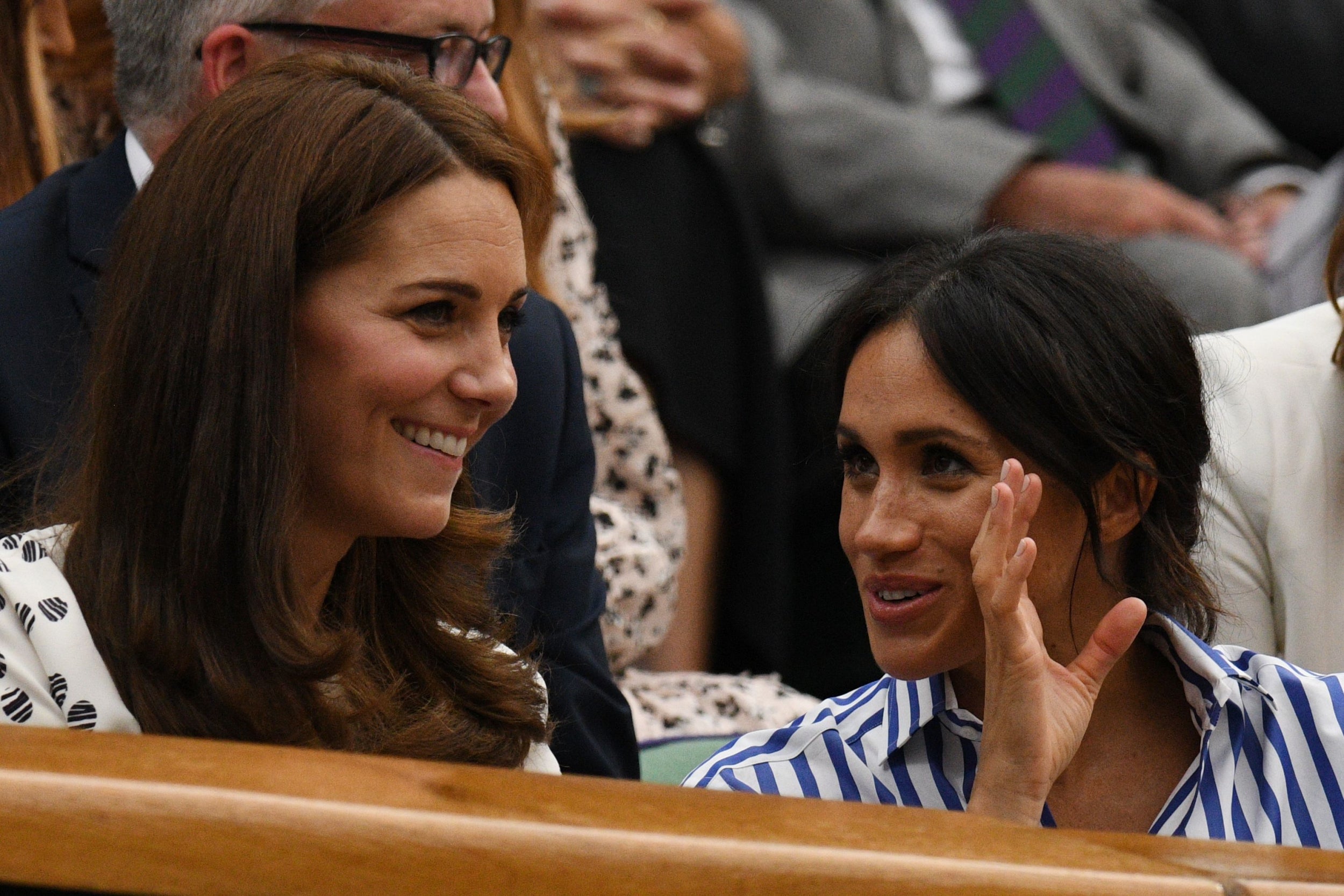
One possible side-effect of the tub-thumping patriotic fervour which has erupted in some quarters since the Brexit referendum in 2016 is a rather unexpected one: we have princesses again in the UK, and they are feuding. Most of us, aside from the sort of people who wear Union Jack top hats made from cardboard and crepe paper and hunker down in a sleeping bag for three nights if there’s a whiff of spotting a royal, probably didn’t even notice the lack of princesses in our lives.
But now we’ve got them, specifically in the shape of Kate Middleton and Meghan Markle, we wonder how we ever managed so long without them… especially those among us who are tabloid newspaper editors. We always have princesses, of course, in some shape or form, but not princesses like Kate and Meghan, who fill a hole in our mundane, plebeian lives not seen since the heyday of 30 years ago when we last had proper princesses – Diana and Sarah Ferguson.
That Fergie – like Kate and Meghan, in actual fact – was a Duchess rather than a full-blown princess is neither here not there. She was a princess in that Hallmark Channel, young woman marrying into the royal family, newspaper think-piece fodder just as Diana was, and just as Kate and Meghan have become.
We’re British and princesses is what we do, but also because we’re British, we’re not down with just any old Disney frocks-and-tiaras frippery, not once the wedding is out of the way. We want our princesses to work for us, and that means they’ve got to have an edge. They’ve got to have a feud.
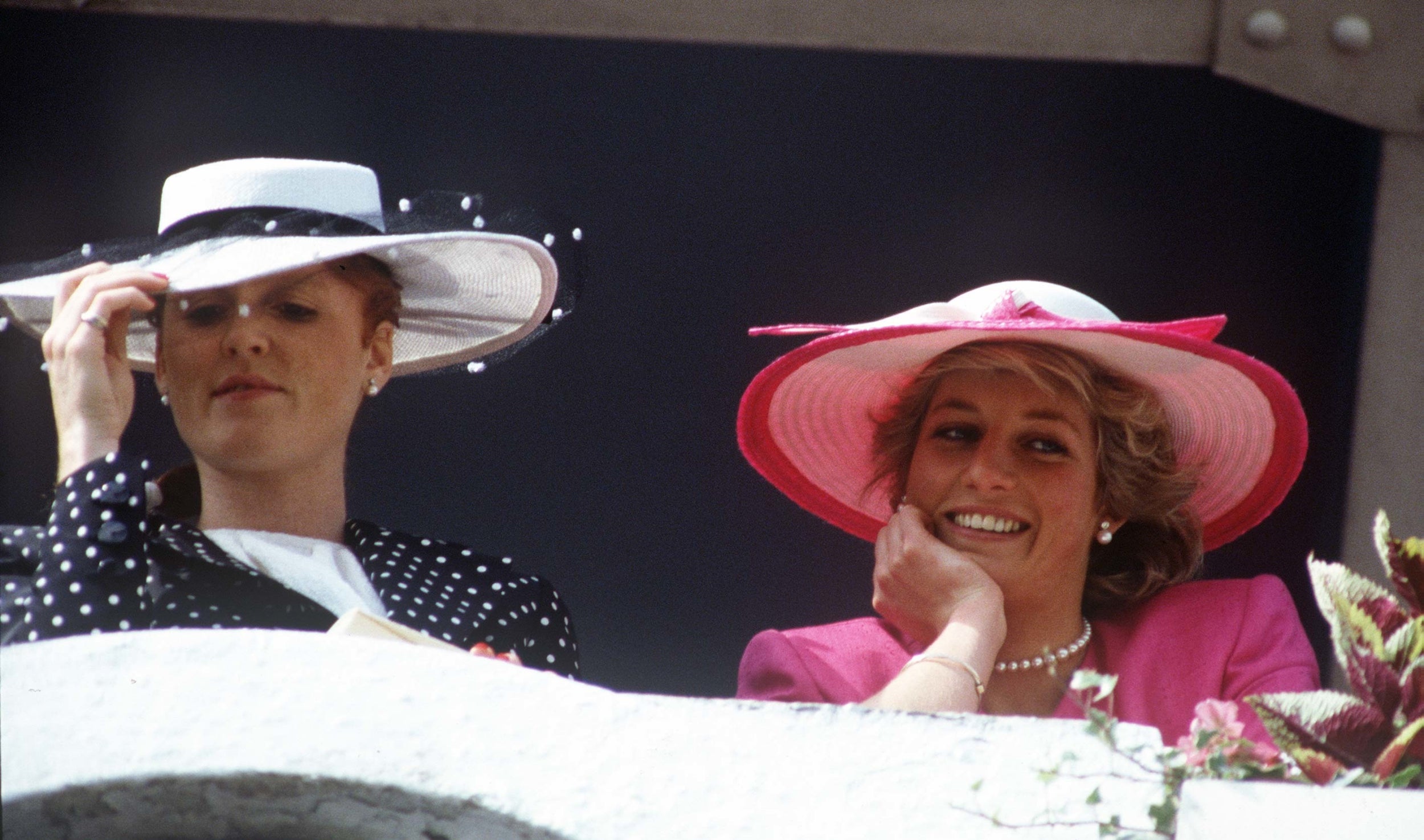
Are Kate and Meghan feuding? Let the newspaper and magazine headlines of the last few weeks be our guide: Royal feud CONFIRMED? How Kate and Meghan’s Christmas photos were ‘stage-managed’ (Express, 8 Jan). Kate Middleton feels “threatened” by “gorgeous Hollywood star” Meghan Markle, claims royal commentator (The Sun, 9 Jan). Meghan Markle buys Kate Middleton THIS birthday present amid ‘feud’ claims (Daily Star, 3 Jan). The Express in particular is rather taken with the idea, employing the phrase on an almost daily basis. The US site of Glamour magazine offers a world-weary “The Latest Meghan Markle and Kate Middleton ‘Feud’ Rumor Doesn’t Even Make Sense” but feels duty-bound to outline it anyway.
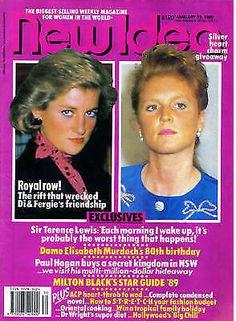
In a way, we can perhaps understand the fever-pitch that’s building over the possibility that two young women from very different backgrounds – indeed, countries – might not necessarily be the absolute bestest of best friends in the entire whole wide world. After all, it’s been a while.
Diana and Fergie were the princesses we loved to believe were feuding after they, like Meghan and Kate, married into the Windsors by snapping up the then most eligible royal bachelors, Charles and Andrew.
They were close in age – Diana two years younger than Fergie – and were, in fact, fourth cousins and had a lot of mutual friends and social circles. After Diana’s marriage to Charles, the pair became close and met every week for lunch, and Fergie often visited Diana to act as confidante. In her 1996 autobiography, written before Diana’s untimely death the following year, Fergie wrote: “I strove to support and protect her as I would a younger sister.”
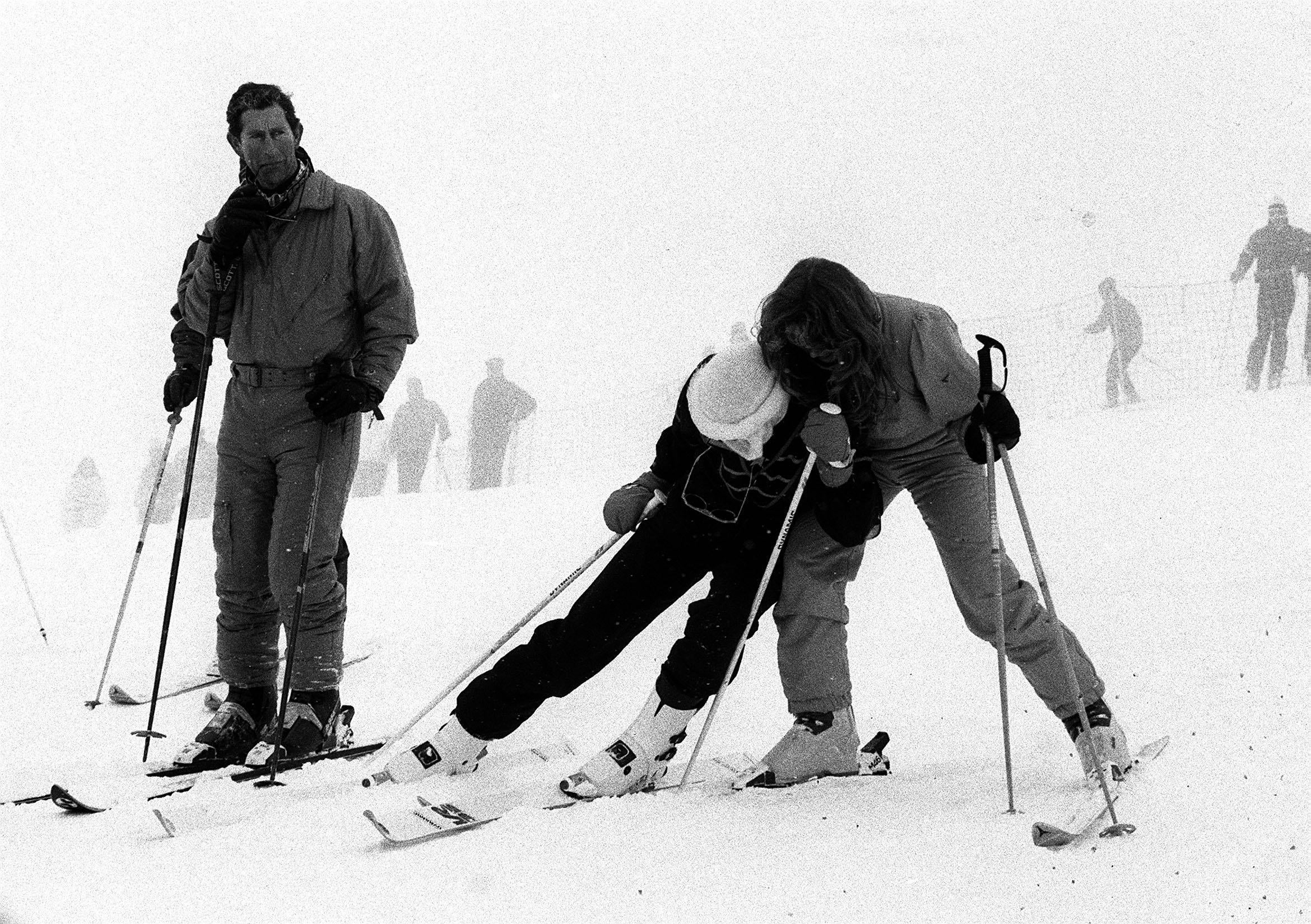
Despite their closeness, the tabloids started to make a case for Fergie and Diana having a feud from the off. It was suggested that although Fergie had been invited to Diana and Charles’ wedding, she was not happy about being “snubbed” from a post-wedding private reception.
When Fergie married Andrew and became part of the royal family along with Diana, the claims of rivalry were heated up. It was suggested that the Sloaney, jolly-hockeysticks Sarah had more cachet with the in-laws, and knew how to impress the royals.
Fergie got her pilot’s licence, which impressed the Queen, and took up one of Prince Phillip’s hobbies, open carriage driving. According to Andrew Morton’s biography of Diana, she complained that Fergie “wooed everybody in this family and did it so well. She left me looking like dirt”.
However, despite the rumour mill, Diana and Fergie remained friends, especially after they both separated from their husbands in 1992, though by the time Diana had died, they had not spoken for a year, reportedly because Diana was unhappy with how she had been portrayed in Fergie’s book.
But perhaps there’s a lesson for Kate and Meghan in there on weathering the rumour storm, do what Diana and Fergie did when faced with tabloid speculation about whether they were friends or feuding… use the tabloids to their own advantage.
They were different days for Diana and Fergie, of course, than these in which Meghan and Kate exist. The tabloid media was purely in print, there was no 24/7 news cycle, and no ordinary punter really carried a camera on their person. So the press coverage of the activities and antics of the royals was carried out via organised photo shoots and interviews and, increasingly when Fergie and Diana entered the scene, through the work of the paparazzi.
Both commoners (well, ignoring the fact they were both descended from William Cavendish, the fourth Duke of Devonshire), neither Fergie or Diana had been brought up sequestered in the Royal household, nor did they have any intention of locking themselves away once they were married.
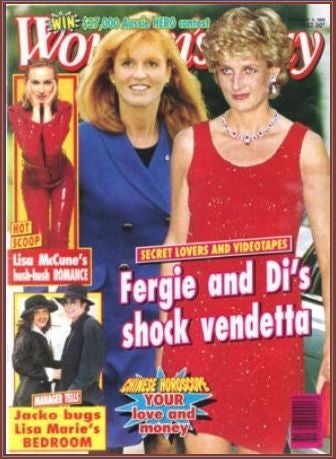
Indeed, one of the most infamous events that in a way set the tone for this new era of the royal family occurred on Fergie’s hen night, when she and Diana and some friends dressed up as police women and partied at Annabel’s nightclub in Mayfair, and finished their riotous night by locking Prince Andrew, out on his stag do, out of Buckingham Palace, just for a laugh.
It was great fodder for the tabloids, of course, and the newspaper hunger for stories about this new breed of royals continued and grew, becoming perhaps more feverish once Diana and Fergie’s marriages were over.
One of the most high-profile and hotly debated incidents occurred in 1993 when photographs were published in the Daily and Sunday Mirrors featuring Diana working out at the LA Fitness Gym in Isleworth, West London.
The photographs were taken by gym owner Bryce Taylor, using a hidden camera, and when a storm broke over the way the pictures were obtained, Taylor was unrepentant, telling the Evening Standard that “Given the same opportunity, 98 per cent of people would do what I did”.
But the incident opened up another debate, and that was just how much the royals — particularly Diana and Fergie – actually courted the press.
Bryce Taylor’s argument was that Diana “wanted” to be seen at the gym, otherwise she would not have joined such a public facility. He told the Standard that she didn’t sneak in and out early in the morning or late at night, but attended at peak times. There were even suggestions from the press that Taylor and Diana had collaborated on the whole thing, which he strenuously denied.
However, would Kate and Meghan really be well advised to take a leaf out of their predecessors’ book and engage with the press, going out in fancy dress to throw the paps some tidbits for the front pages and dispel those feud rumours? The answer, when we look at what ultimately happened to Diana, has to be no. Media has changed irrevocably since those days, with the advent of social media and smartphones. Back then both the princesses and the press were feeling their way to some extent, were making the ground rules up as they went along. And, of course, it didn’t end well.
When Diana died in 1997, the blame was laid squarely at the door of the press. Her car was pursued into a Paris tunnel by paparazzi; she never made it out. The media turned on itself, some sections seeking to distance themselves from the dogged, persistence pap packs that were being blamed directly for Diana’s fatal car crash. In the following two decades, things began to change with the way the media interacted with the royals.
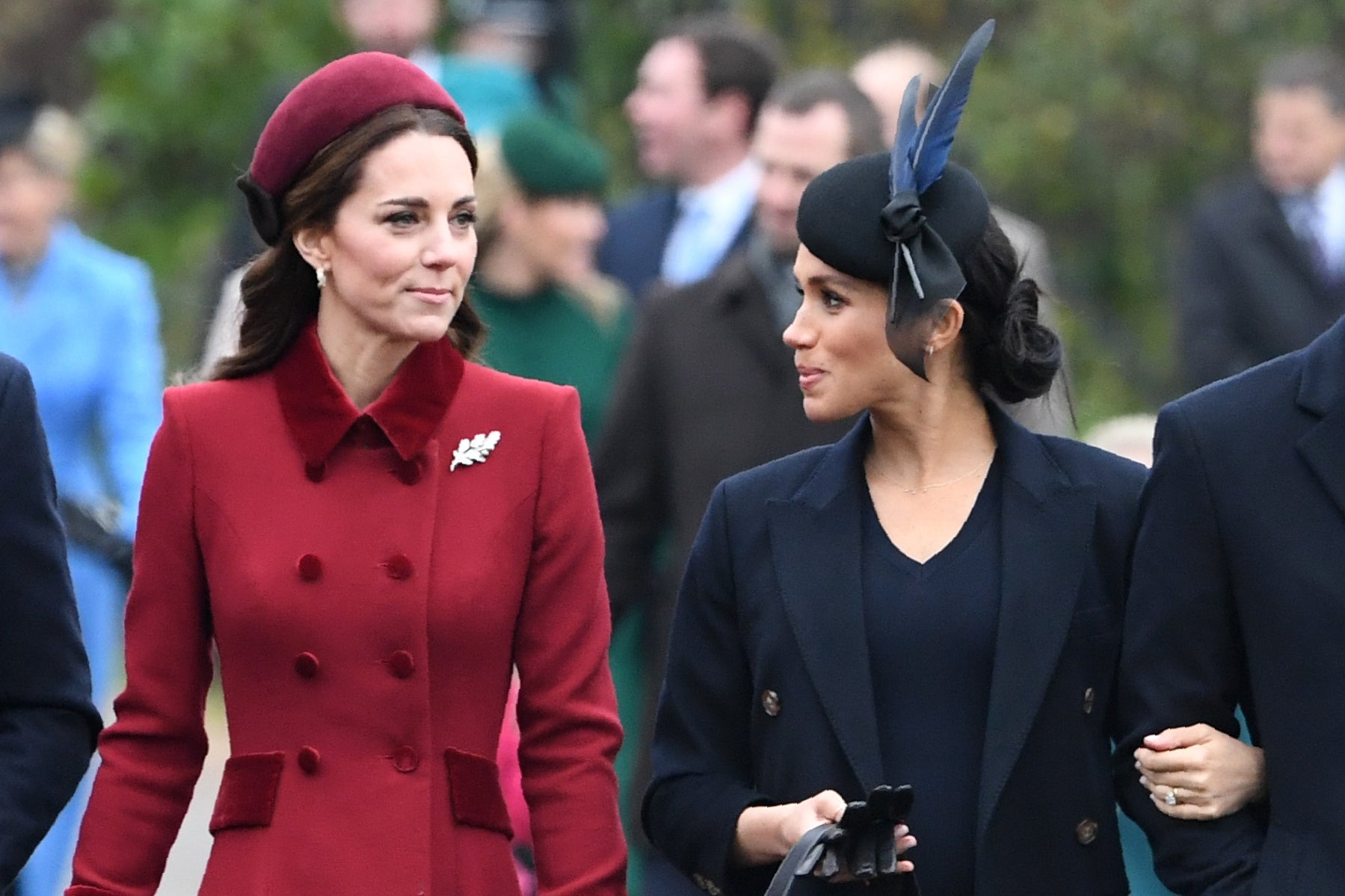
Both William and Harry, Diana’s sons, have been hugely critical about the way the press treated their mother in the run up to her death, and even at the point of her car crash. A couple of years ago, on the 20th anniversary of the incident, William recalled how Diana had been reduced to tears by the actions of the paparazzi and had even be spat at by them. More darkly, Harry told a BBC documentary, Diana, 7 Days, that the paps who had chased Diana’s Mercedes into the tunnel not only didn’t help when it crashed, but instead stopped to take more pictures.
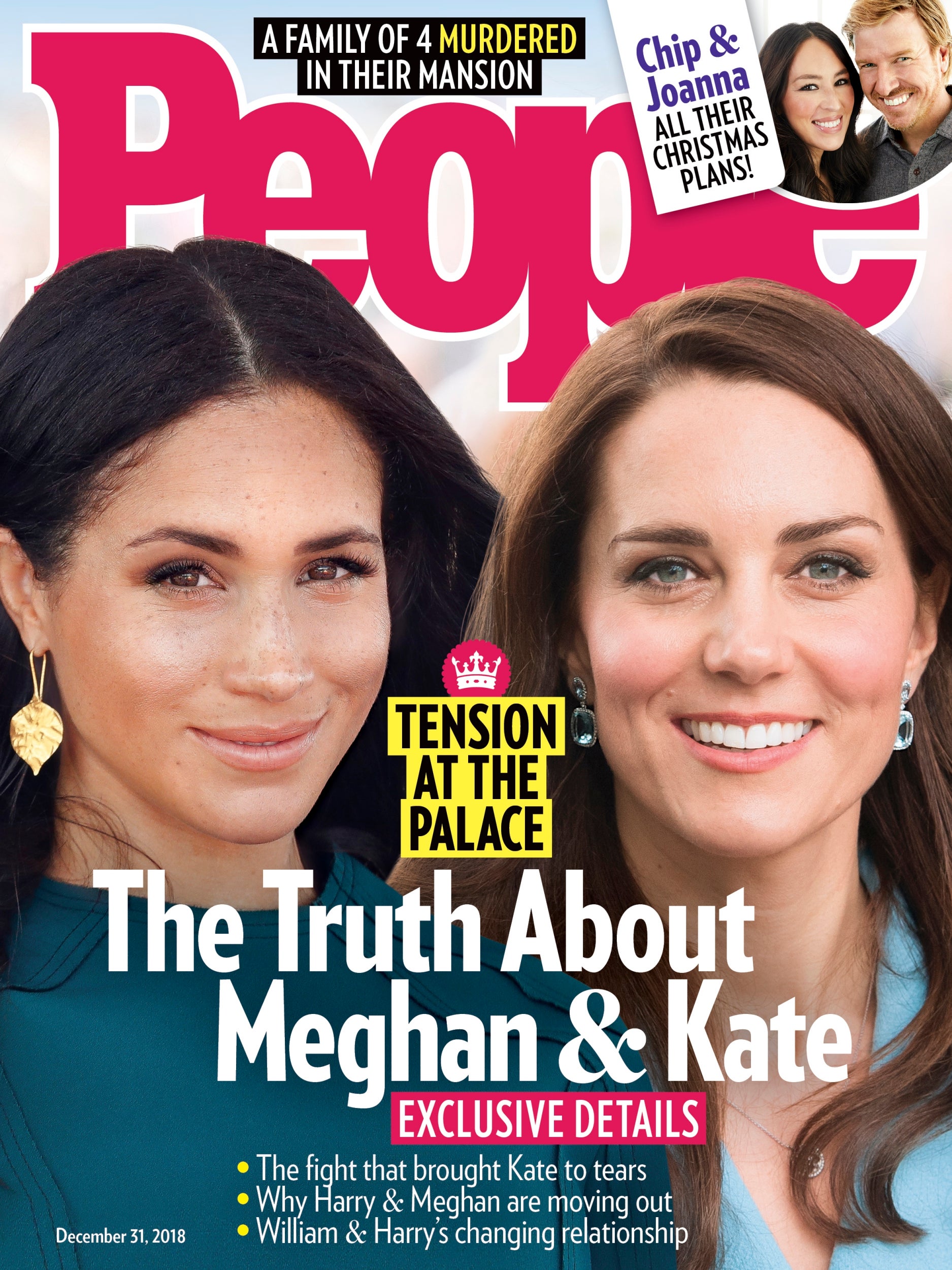
Speaking to Sky News two years ago, Writer and royal photographer Ian Lloyd said Diana “suffered very much at the hands of the paparazzi, particularly in the last two years of her life. There was constant press interest but in the last two years it really had spiralled out of control.”
If there was any scaling back of the lengths that the tabloids would go to for royal stories in the wake of Diana’s death, then it started to creep back up as William and Harry reached adulthood. In 2015, Kensington Palace had to issue an uncompromising edict calling for the press to back off from William and Kate’s son, George.
The letter to media bosses said: “Paparazzi photographers are going to increasingly extreme lengths to observe and monitor Prince George’s movements and covertly capture images of him to sell to the handful of international media titles still willing to pay for them.
“One recent incident – just last week – was disturbing, but not at all uncommon. A photographer rented a car and parked in a discreet location outside a children’s play area. Already concealed by darkened windows, he took the added step of hanging sheets inside the vehicle and created a hide stocked with food and drinks to get him through a full day of surveillance, waiting in hope to capture images of Prince George.”
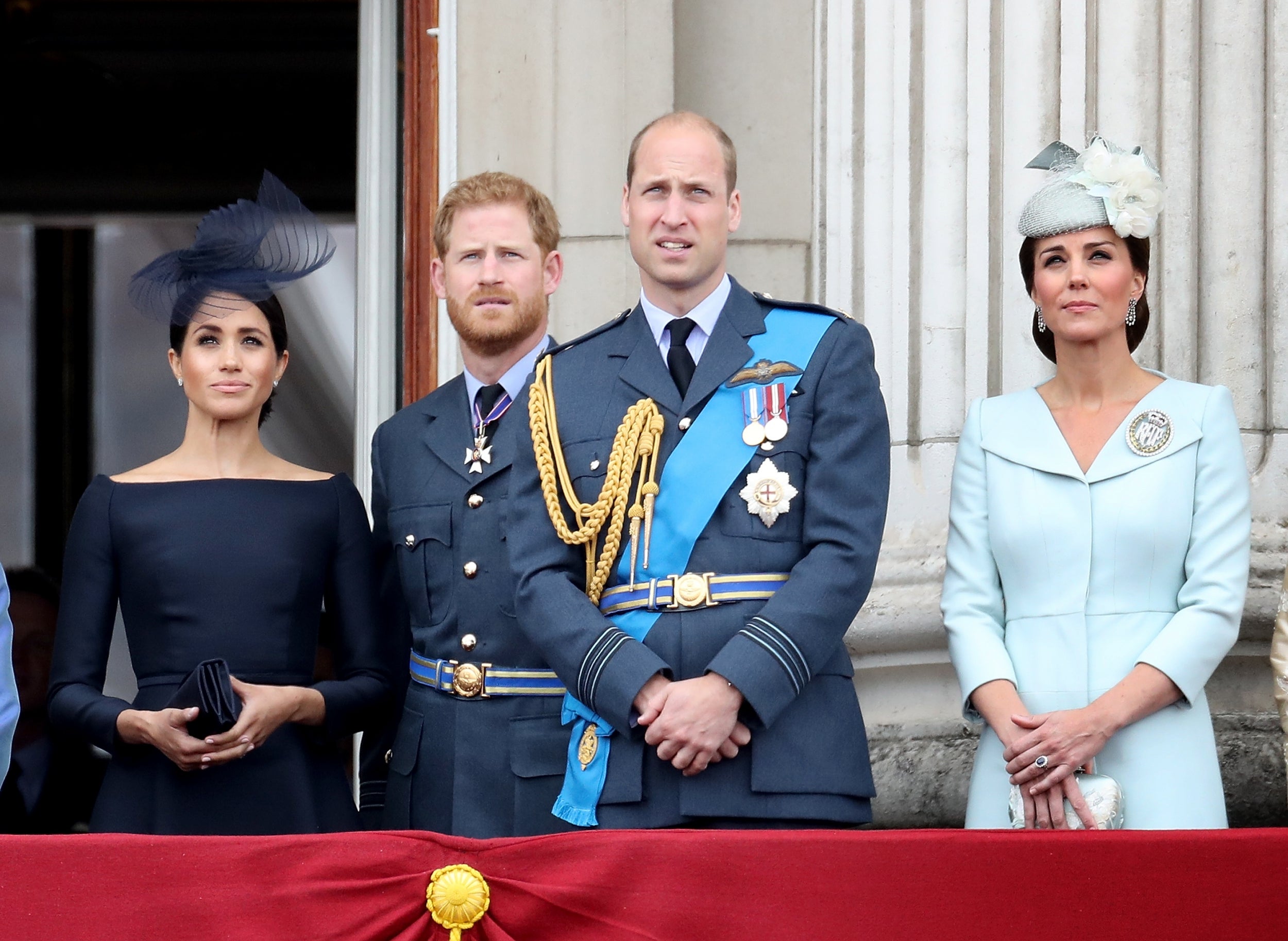
And when a French magazine printed photographs of Kate Middleton sunbathing topless, a furious William not only spoke out but demanded compensation for the transgression.
If Diana and Fergie were the first generation of royals to properly come under the gaze of a sensation-hungry tabloid industry, then their successors Kate and Meghan have perhaps already taken the lessons from that time and built upon them.
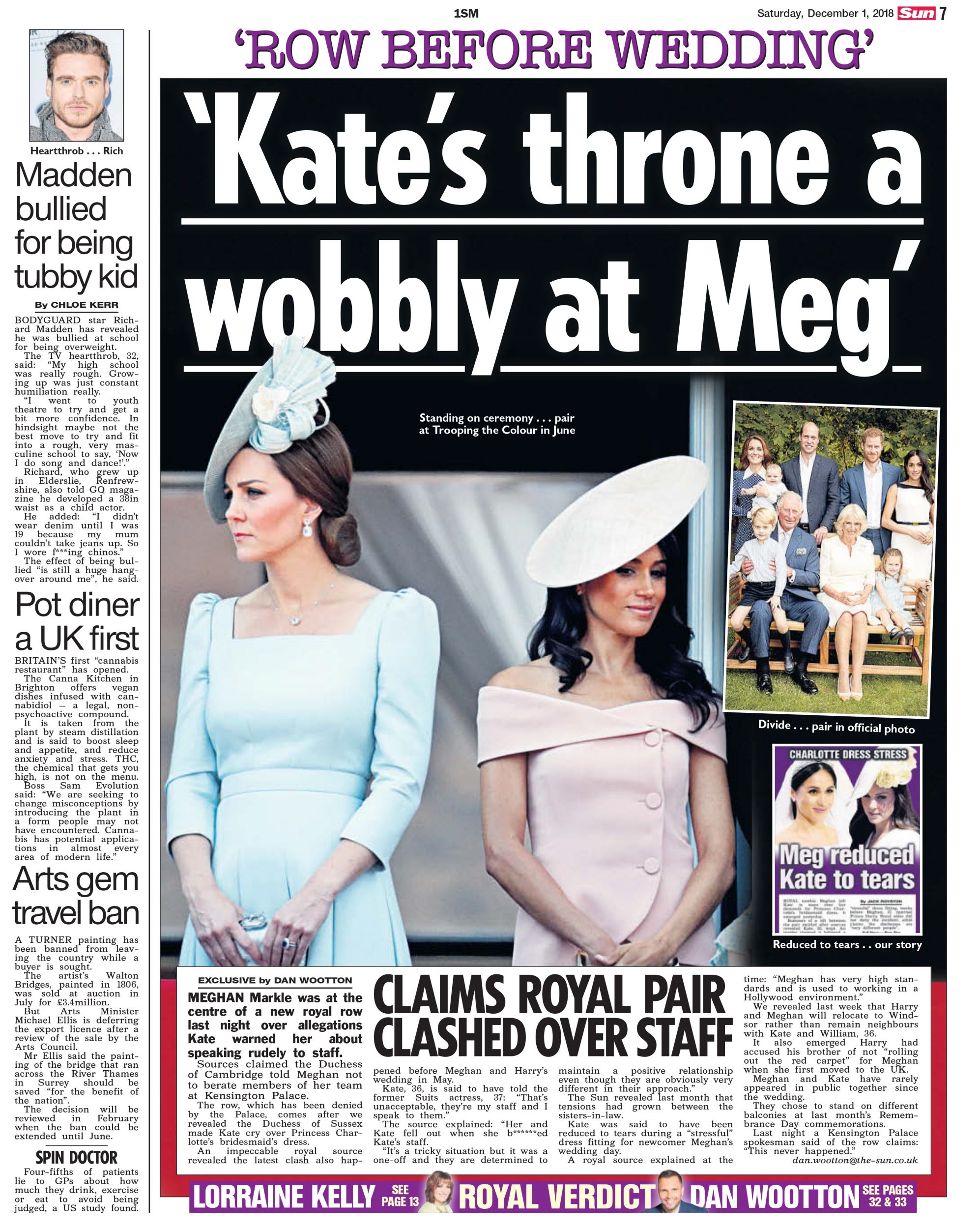
Back in the day, there was more of a sense of detachment between the royals and the media, and official sources would often not even sully themselves with commenting on the latest rumours or dirt-digging.
But after the Leveson Inquiry in 2011 and 2012, which was prompted by the phone hacking scandal and which shone probing lights on to the most shadowy practices of the press, there seems to be both more wariness on the part of the press in how they deal with the royals, and a stronger willingness on the part of the royals themselves and their press representatives to engage with problematic behaviour.
So if we ever do see Kate and Meghan dressed as police women and living it up in a Mayfair nightclub, it will not be in any sense a bid to appease the tabloids by throwing them a crumb to distract from rumours of a feud, nor will it be through any lack of media-savvy.
The current crop of royals have grown up in a connected, social media world, and are more confident and assured dealing with the press than any that have gone before them.
We might well see Kate and Meghan speaking out about their supposed feud that’s causing so much tabloid frenzy. We might not. But you can guarantee that whichever way it goes, it will be on their terms, and not at the whim of the editors and paparazzi who no longer call the royal shots, despite what they might tell themselves on the front pages every day.
Join our commenting forum
Join thought-provoking conversations, follow other Independent readers and see their replies
Comments